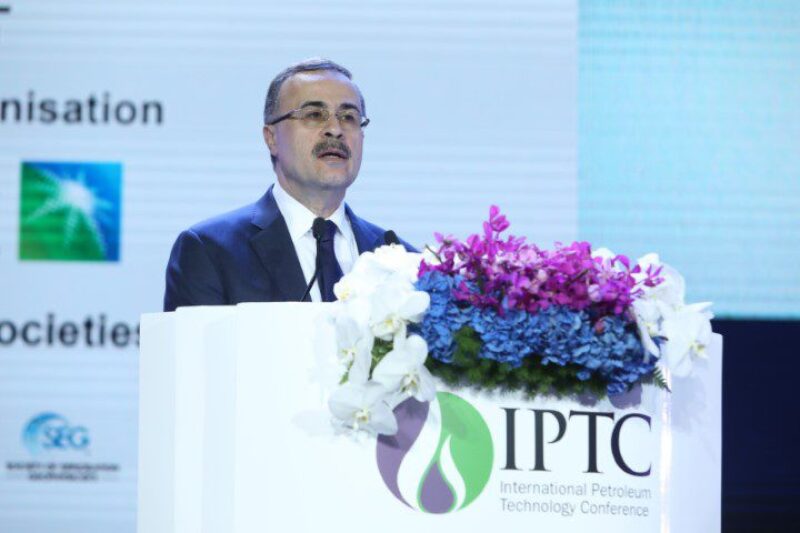The world’s largest oil company has joined the industry movement toward net-zero greenhouse-gas emissions from the oil and gas assets it owns and operates. Saudi Aramco will reveal more information about how it intends to curtail these Scope 1 and Scope 2 emissions in the second quarter of next year, the company said in a release on 23 October.
“As the largest provider of energy to the world, Aramco’s ambition to reach net-zero greenhouse-gas emissions across our operations in less than 3 decades is a historic step forward that will help tackle the most pressing challenge facing humanity,” Amin Nasser, Aramco president and CEO, said in a statement.
“Our past success has not been measured by quarters or business cycles, but across generations. The same will apply to the positive results from our net-zero ambition, as the actions we take in the coming years will help safeguard our planet for future generations,” he added.
The announcement notably comes about a week ahead of the 26th United Nations Climate Change Conference, otherwise known as COP26, in Glasgow where representatives of 196 countries will hold talks on new emissions reduction targets. And coinciding with Aramco’s announcement was one from the government which said the Kingdom of Saudi Arabia will aim for net-zero carbon emissions on a national basis by 2060.
Nasser said that the “road ahead will be complex” as the world will need to work together to achieve the energy transition, a feat he added will require “major technological breakthroughs.” In the meantime, the national oil company will seek to maintain its status as a low-cost producer of oil and gas.
The move to end operational emissions comes nearly 2 years after Aramco joined the World Bank’s initiative to end routine flaring by 2030. Aramco has also recently been seeking to expand its entry into alternative energies, namely blue hydrogen, which is made by combining methane steam reformation and carbon capture and storage.
Following the net-zero announcement, the Saudi government also announced that Aramco’s $110 billion Jafurah development will be used to supply gas for future blue hydrogen projects. Located in Saudi’s Eastern Province, Jafurah is considered to be the country’s largest unconventional gas play.
“We are the biggest adventurers when it comes to blue hydrogen,” Prince Abdulaziz bin Salman, Saudi's energy minister, told Bloomberg in Riyadh on 24 October. “We’re putting our money where our mouth is on hydrogen. We have a terrific gas base in Jafurah; we will use it to generate blue hydrogen.”
Aramco’s new pledge is similar to that of some of the largest US oil companies. Almost exactly a year ago, Houston-based ConocoPhillips announced its plans to eliminate Scope 1 and Scope 2 emissions by 2050. Earlier this month, US major Chevron said it too will try to achieve net-zero operational emissions by 2050.
European majors BP, Shell, TotalEnergies, and Eni, along with Equinor and Repsol, have all committed to net-zero targets that include all or part of their Scope 3 emissions, which account for the combustion of their oil and gas products. Houston-based Occidental Petroleum is the only large US oil and gas company to make a Scope 3 reduction commitment so far.


